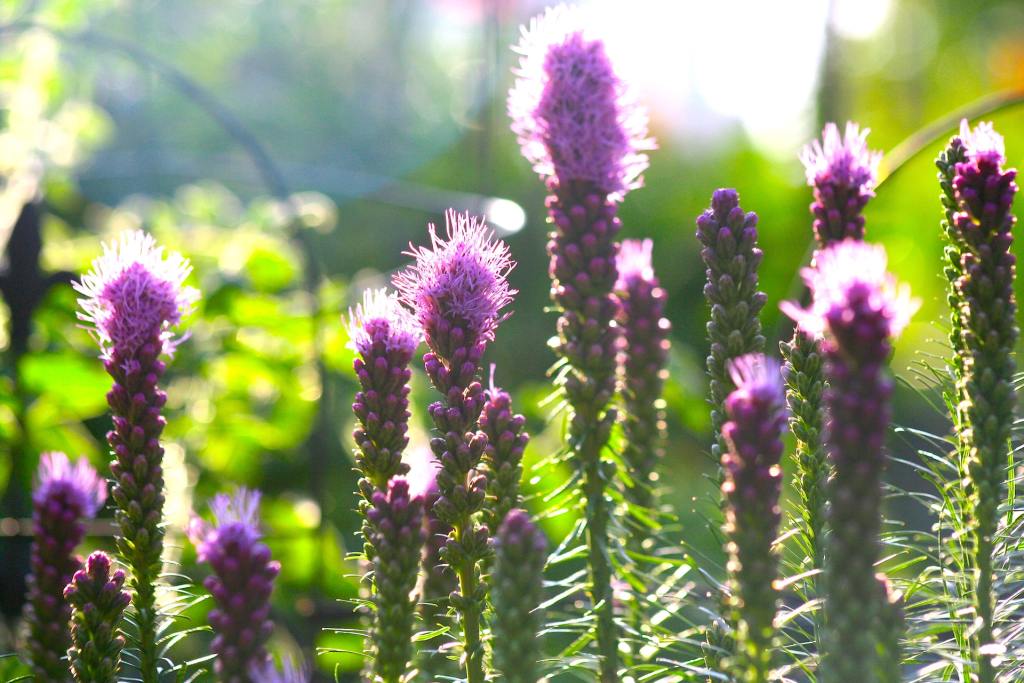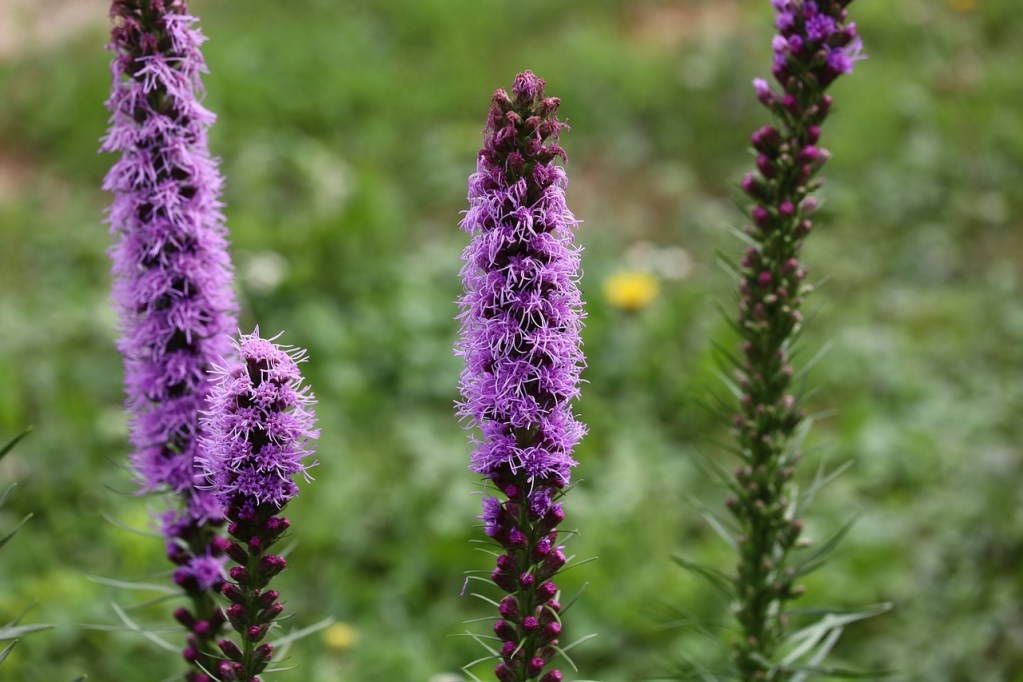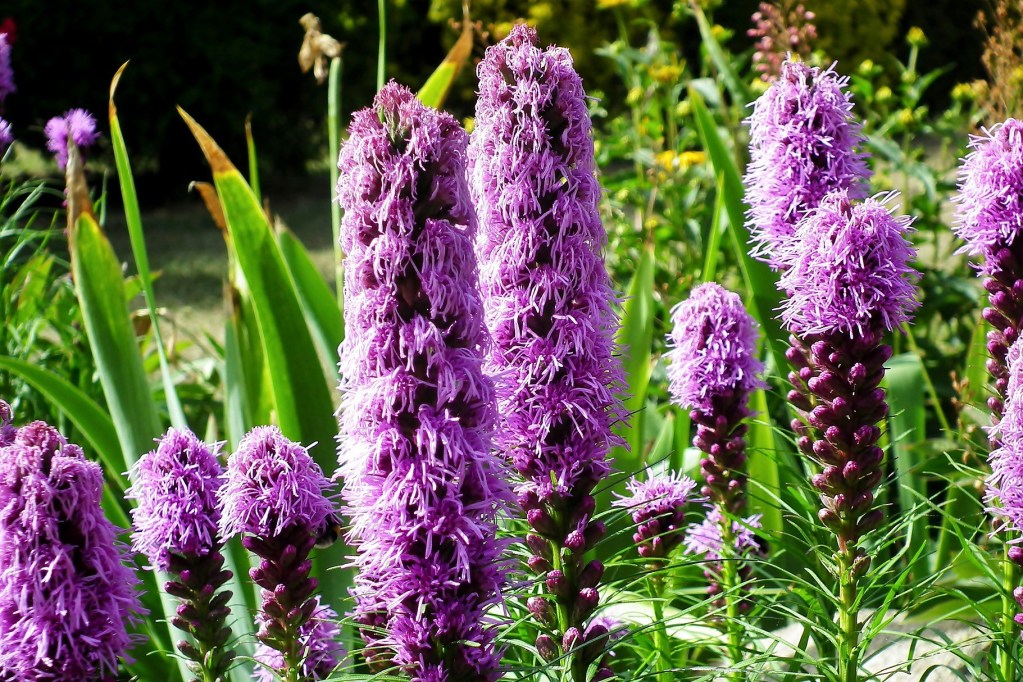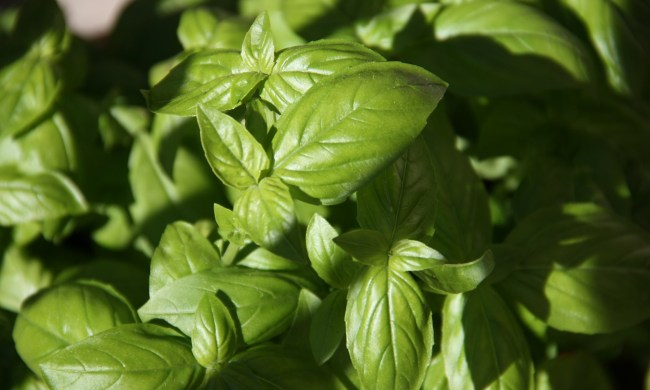
There are many wonderful plants you can add to your summer flower garden for stunning color, from tall and bright sunflowers to short and sweet zinnia. If you’re planning your garden now, you should definitely consider adding liatris, also called blazing star, to the mix! This tall, drought-tolerant, native perennial has stunning purple flowers. It’ll even attract butterflies. Here’s everything you need to know about planting and caring for liatris.
Planting liatris
You can plant liatris bulbs in the spring or fall, but you can transplant mature plants during any season. Choose a location with full sun and well-draining soil to plant your liatris in. Blazing stars can tolerate some light shade, but they won’t thrive unless they get at least 6 hours of sun each day. Spacing is important when planting liatris, as they can grow to 2 feet high and 1.5 feet wide. Plant your liatris bulbs 12 to 15 inches apart so they have plenty of space to grow.
In addition to having well-draining soil, it should also be average or poor. Many plants prefer soil that’s rich with organic matter, but liatris has an unusual quirk! The flower stalks will sometimes bend or flop over if the soil is too rich.

Caring for blazing star
For the first few months after planting, you’ll need to water your liatris weekly to aid in root development. Afterward, you’ll only need to water it when the weather is dry. Take care to avoid overwatering liatris plants. Blazing star thrives with very little care, and it recovers from droughts much more quickly than from overwatering. Additionally, you don’t need to fertilize liatris.
During the fall, you can either cut the stalks back to the ground or leave them in place. Leaving the stalks attached can provide extra food for birds. The dried flowers are also quite pretty, adding texture and interest to a fall garden. However, cutting the stalks back in the fall makes it easier for your plant to grow new stalks come spring.

How to propagate liatris
Blazing stars naturally spread underground as their corms grow and multiply over time. You can propagate liatris by dividing these clumps in early spring every year or every few years. All you need to do is dig the plant up and cut the corms into two or three pieces. Then you can plant the separate pieces in new locations or containers, or even give them as gifts!
If dividing liatris sounds like too much work, you can also propagate it in the fall by collecting seeds. When the flowers are dry, cut them off the stalk and place them in a bag to avoid losing any seeds. Brush the seeds off the stalk and store them in a dry place until spring.
Liatris is easy to grow and can benefit any garden with its height, texture, color, and ability to attract pollinators. Get started planting yours today and soon you’ll have a garden full of bright purple flowers!



